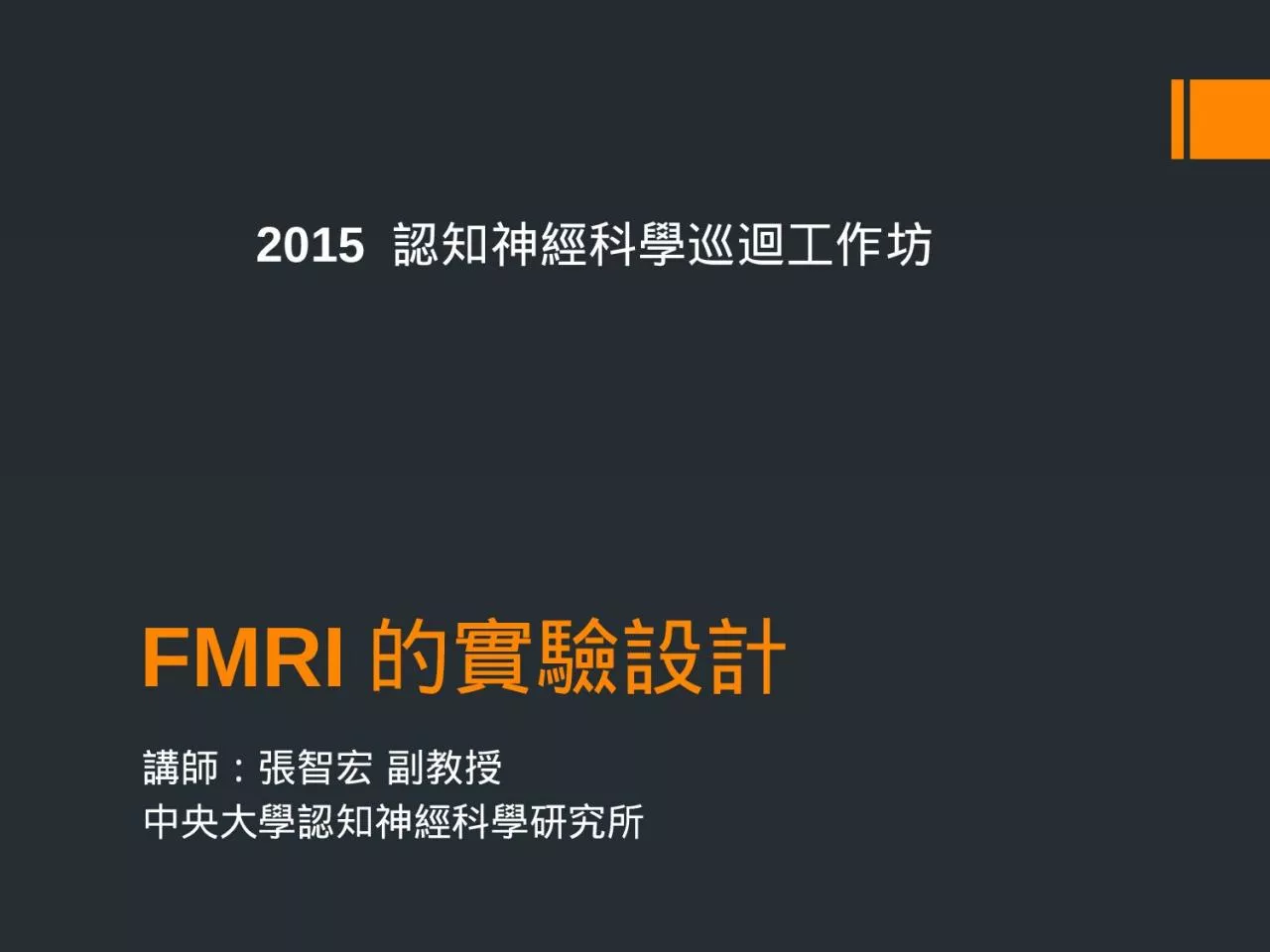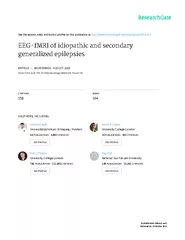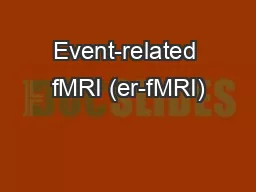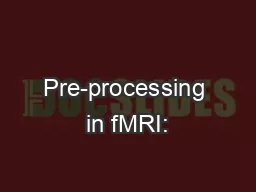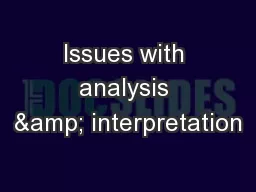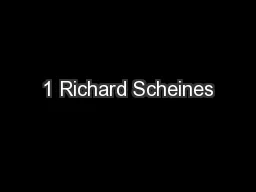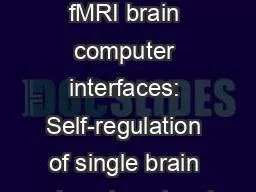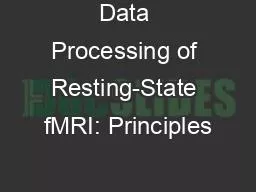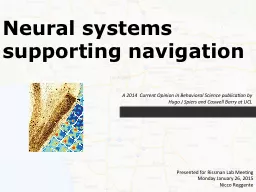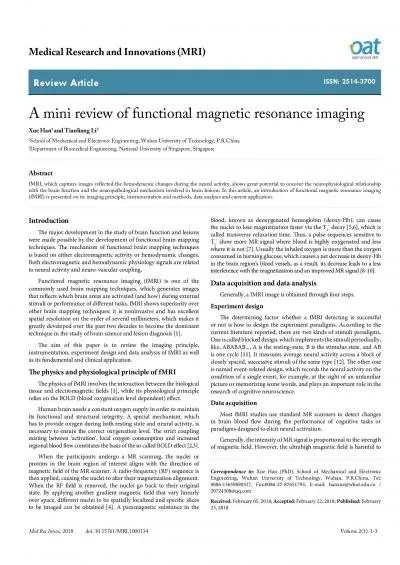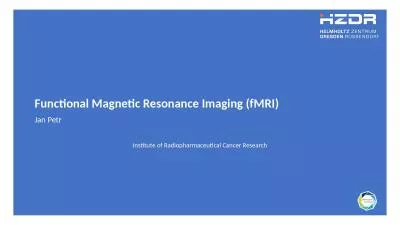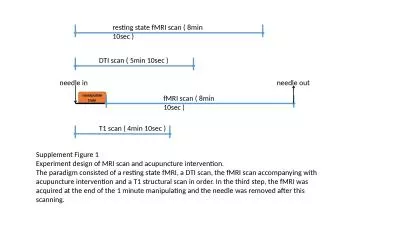PPT-FMRI 的實驗設計 講師:張智宏 副教授
Author : summer | Published Date : 2024-03-13
中央大學認知神經科學研究所 2015 認知神經科學巡迴工作 坊 FMRI 實驗現場 2 3 Chouinard P A Large ME Chang E C amp Goodale M A 2009
Presentation Embed Code
Download Presentation
Download Presentation The PPT/PDF document "FMRI 的實驗設計 講師:張智宏 ..." is the property of its rightful owner. Permission is granted to download and print the materials on this website for personal, non-commercial use only, and to display it on your personal computer provided you do not modify the materials and that you retain all copyright notices contained in the materials. By downloading content from our website, you accept the terms of this agreement.
FMRI 的實驗設計 講師:張智宏 副教授: Transcript
Download Rules Of Document
"FMRI 的實驗設計 講師:張智宏 副教授"The content belongs to its owner. You may download and print it for personal use, without modification, and keep all copyright notices. By downloading, you agree to these terms.
Related Documents

